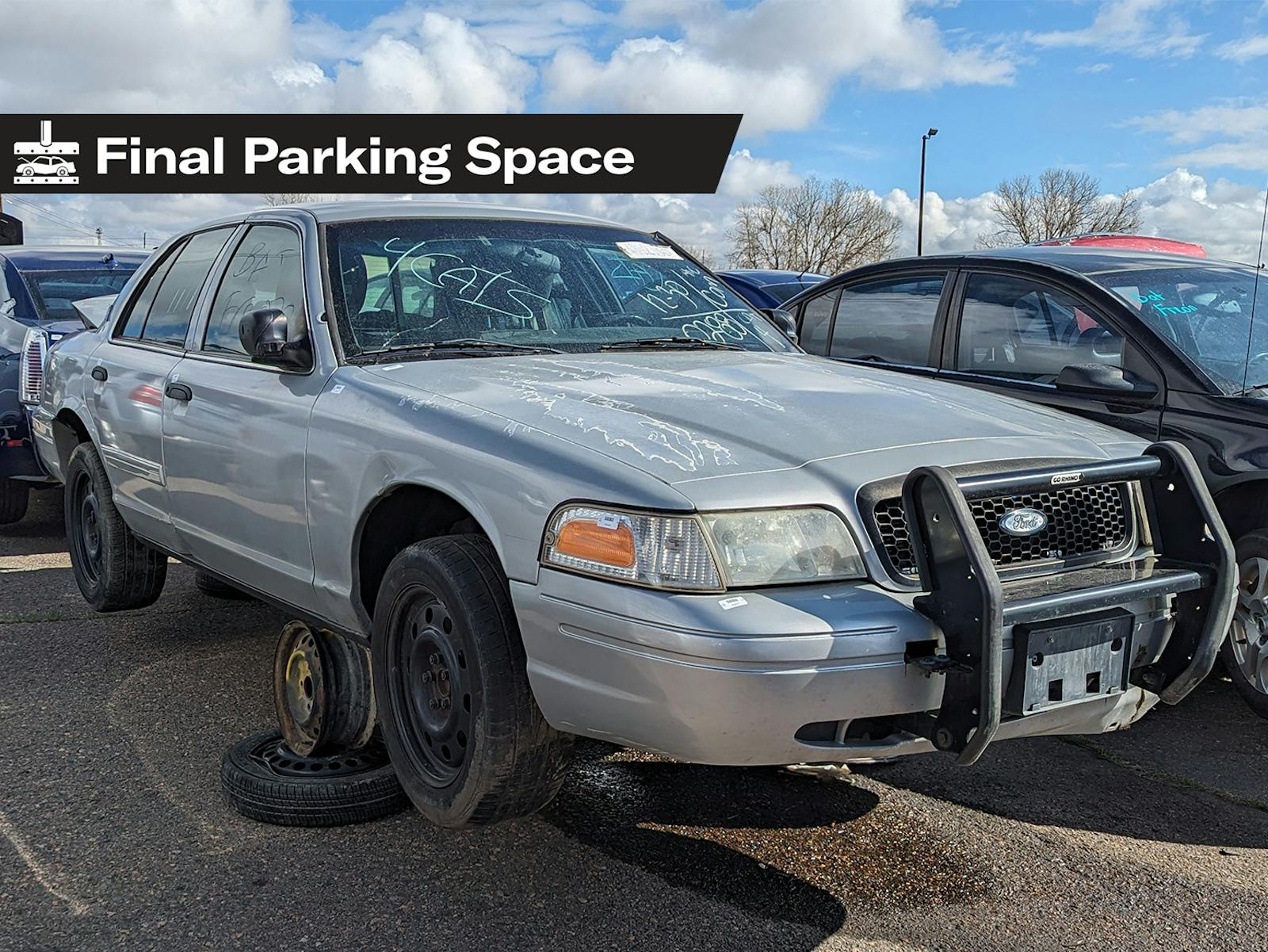Smithology: Two slices of commitment, coming right up
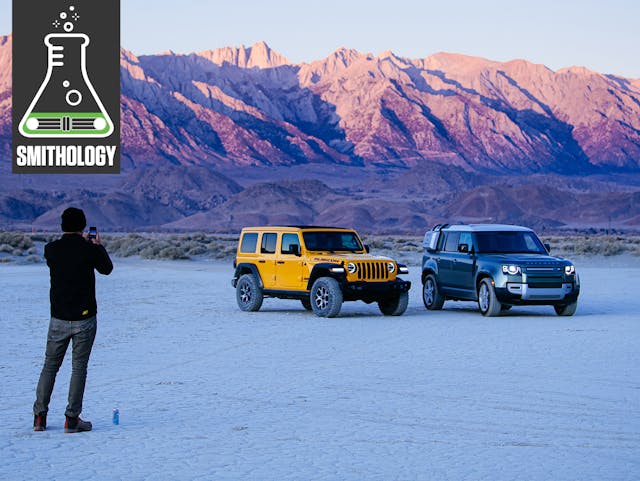
Two months ago, I took a Land Rover and a Jeep into the California mountains. A Defender 110 and a four-door Wrangler Rubicon. We were chasing military jets off the beaten path, watching F-18s tear through canyons at 500 mph. This is the sort of thing you are supposed to do with an SUV, or at least, what you are supposed to do if you’re not too busy asking those factory-engineered approach and departure angles to help retrieve a case of toilet paper from your local Target.
Most SUVs do not make it to the mountains, just as most Porsche GT cars never see a race track and most diving watches stay dry. This is not news and certainly not judgement. It’s just how society works.
The why, however, has always been interesting.

Humans are distinctly awful at using purpose-built machines for their intended purpose. We like making ourselves happy, so we buy focused stuff engineered for a specific job and then cram it into the rest of life simply because the vibe is too enjoyable to give up. My toaster, for example, is this commercial-grade, unburstable Nineties monstrosity made by a British company called Dualit. It is a monument in chrome and aluminum, immensely satisfying to operate, and it carbonizes dough like a champ. That last quality is particularly nice, because I love toast. As of February 2020, browned bread sits high on the list of Smith’s Top 20 Human Inventions, right up there with the mechanical airfoil and that thing Scarlett Johansson does with her face whenever anyone asks her to be Scarlett Johansson.
And yet. The Dualit is not a toaster oven. Versatility never made the brief. Its two narrow and immutable slots are a victim of unyielding focus, their dimensions dictated by a desire for excellent metrics in the field of bread-related cookery, but this device cannot reheat leftover pizza or bake a sandwich or tackle any other kitchen task for which a full-size oven is overkill and a regular toaster hopelessly inadequate.
I don’t own a toaster oven. Clunky things, can’t stand them. Because I am a man who often hoots and hollers at relatively small problems, however, I long ago discovered a way to kludge my toaster into other work. That procedural secret is not for these pages, but let me tell you, I have feelings on the consequences, and those feelings are simply that mashing a beloved part of my life into a job at which its perfection was not expressly aimed brings a joy so immense as to require an entire clause in italics.
I digress. I am stupid for toast. We were talking about SUVs.
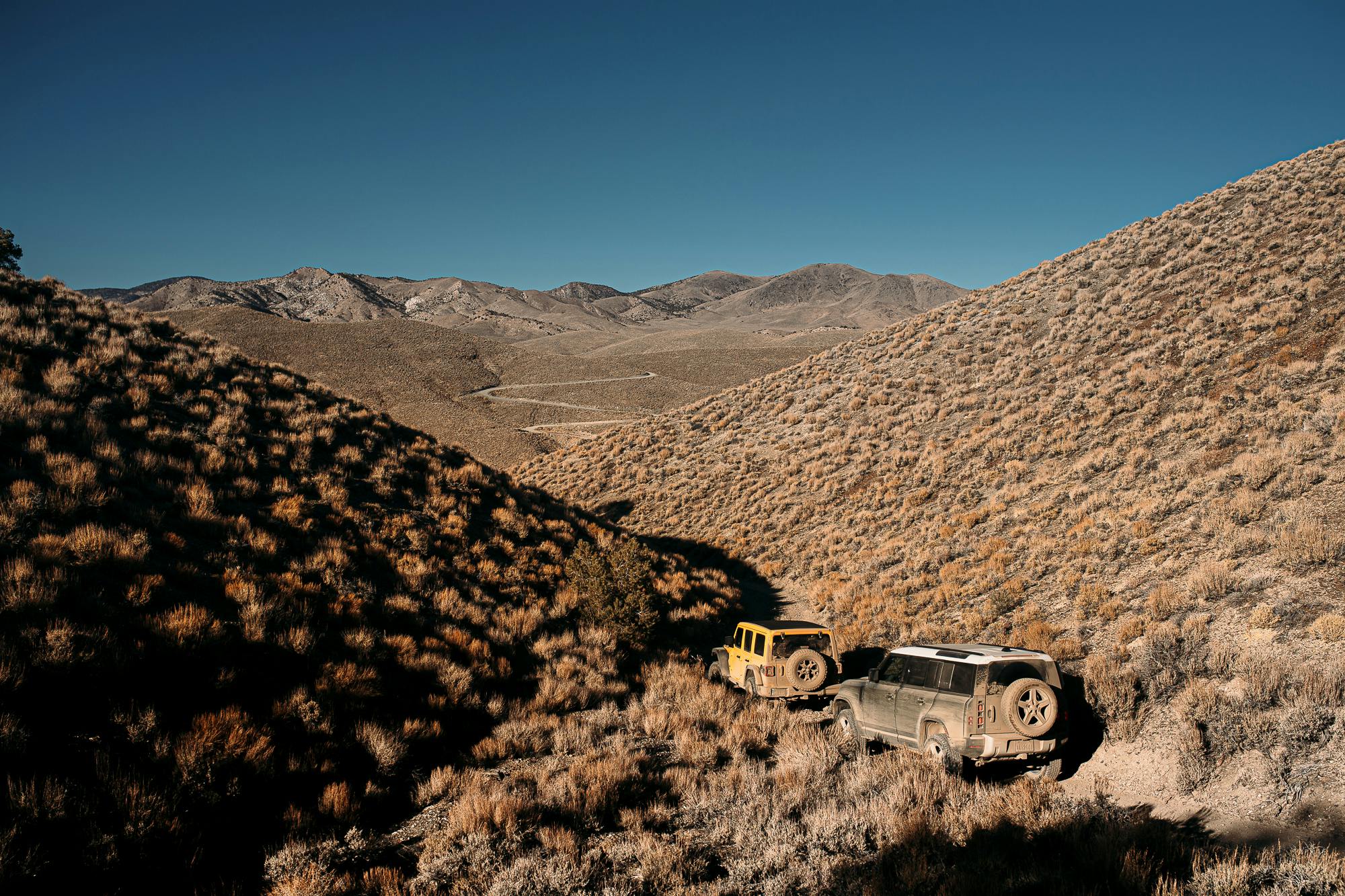
The point, as Jackson Browne said, is that nobody rides for free. The more suited an object is to a given job, the less suited it will be to other jobs. There’s a satisfaction in this kind of leaning, to say nothing of a nudge toward quality: Designing a machine to do one job well is hard. Designing that same machine to do five jobs well is far more than five times as hard. Multitasking answers to a strange master; aiming a fixed set of resources at wider focus can mean that more gets done, but that “more” is almost always executed at lower standard. (Journalist toaster kludges a notable exception. Please save all questions for my office hours, after the exam.)
The car business is well aware of this problem. Few road-legal cars are aimed at a single purpose. More than a few countries have seen their automotive industries collapse simply for lack of intelligent compromise. More to the point, with SUVs, the business long ago realized that most people find genuine off-road performance minimally important. This is partly why the global automotive market is now dominated by the compact crossover—an umbrella term encompassing any high-riding vehicle that resembles an SUV but offers light-duty components and little pretense toward trail use or the hauling of cargo.
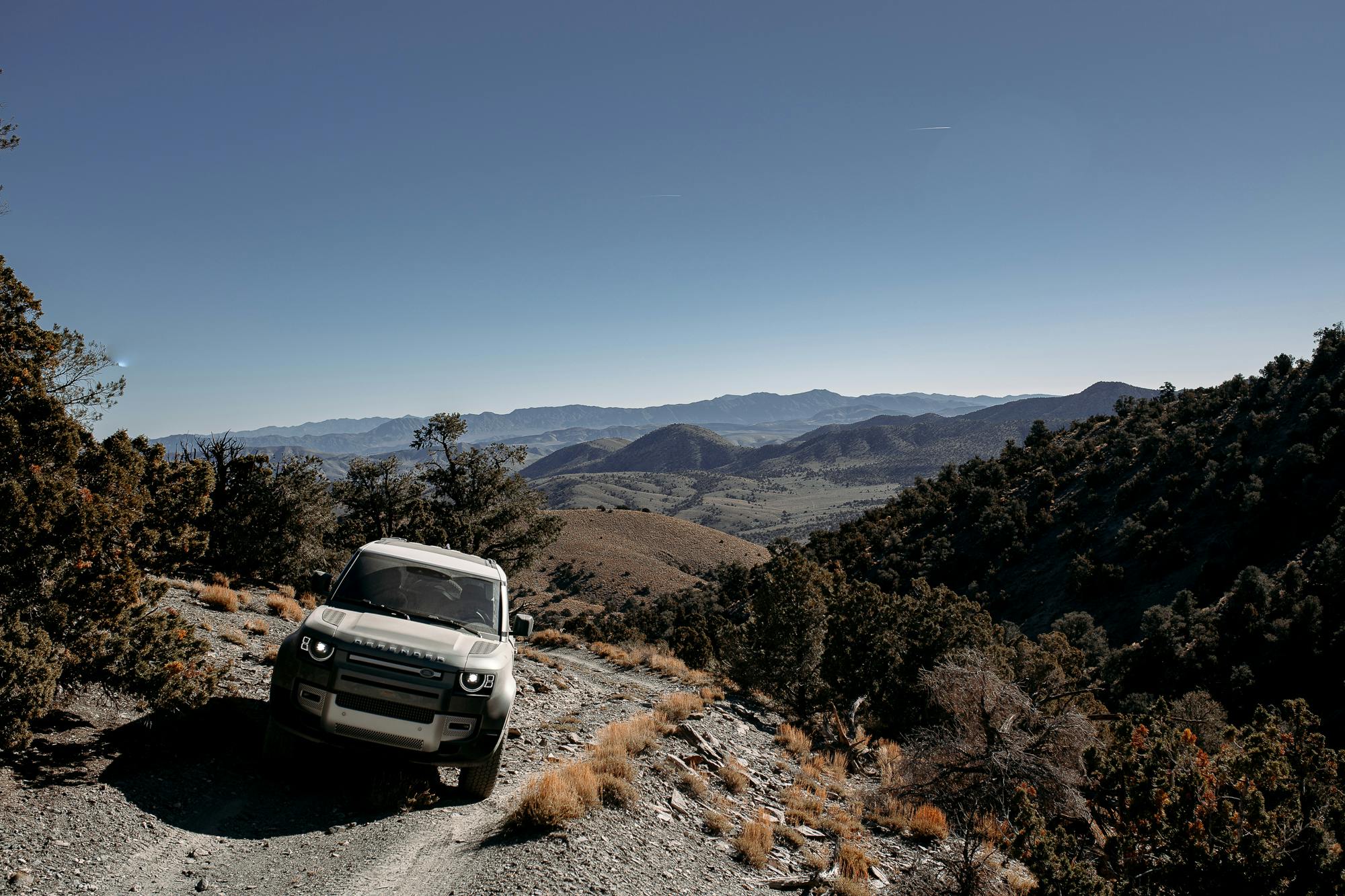
Years ago, SUVs were essentially converted pickup trucks with covered beds. With time, buyers requested more carlike behavior. People liked the way these trucks looked and felt, but they also wanted fewer of the downsides you have to factor in when engineering a vehicle for work outside the hauling of passengers. Those wishes were granted. The current evolution of the sport-utility form looks like a neutered truck and suffers from a few truckish drawbacks while landing few of a truck’s reasons for being. It is in many cases simply a high-riding, all-wheel-drive blend of station wagon and a minivan, absent the efficiency or packaging smarts of either. Many crossovers look bloated and sexless, like a dead sea cucumber. They make their owners happy, which is nice, even if those owners root that emotion in little more than gut reaction.
This is all fine, of course.
I just prefer a toaster.
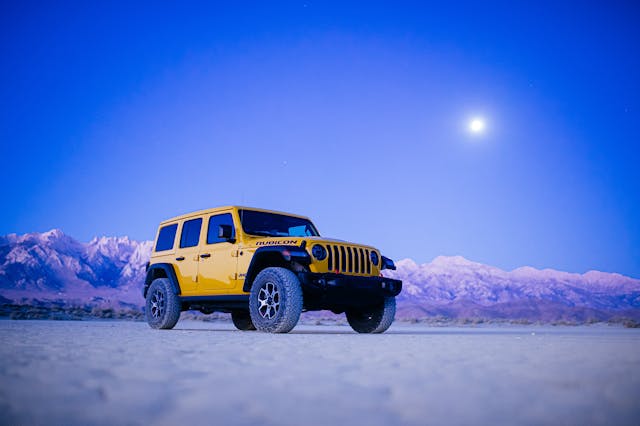
And so machines like the Wrangler and Defender stand out. In a climate where an heavy and anodyne podlet can out-accelerate the original Bugatti Veyron, in a world where we often kid ourselves into thinking that singular focus is a flaw fixable through proper optimization of an Outlook calendar, in an age when two-seat sports cars no longer sell… these machines represent a decision to be something specific. To pick a lane and a moment and stay there. They stake intentional claim on a piece of ground—deep off-road focus, in both feel and ability—and their designers expect you to welcome the trade-offs.
You should not acquire the keys to a Wrangler or a Defender without acknowledging that the machine will probably drop the ball on some everyday excellence in pursuit of its designed goal. Buy one of these devices and complain to its manufacturer about the downsides, you miss the forest for the trees. More important, you give that company one more reason, however small, to build other stuff.
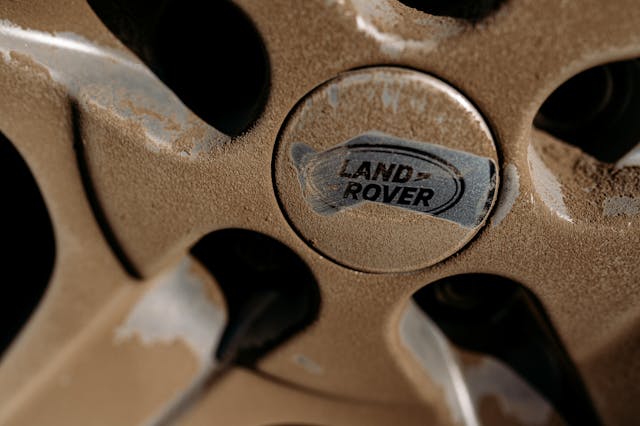
Remarkably, writers and reviewers make those complaints all the time. The Jeep’s interior is intentionally simple for reasons of both cost and personality. It uses live axles front and rear, like the original Jeep of World War II and many prewar cars. As a result, even an optioned-up Wrangler can feel like a farm tractor gone Eliza Doolittle. Reviewers have grouched about this stuff for years. Sometimes those reviewers complain about the manner in which their previous complaints were addressed. The current Defender is far comfier than the last, an obvious step away from the bare-bones “Series” truck that built a brand. People grump about that, too.
Trade-offs. Surveys have long shown that most Jeep owners are most concerned with how their rigs feel like a choice apart, a tool for work. Same for Land Rover people. Both home offices are smart enough to listen and build a product aimed at one question, not five. Not that the answers are always identical. The Defender’s independent suspension and complex interior make the Jeep seem crude and old-fashioned until you hit a boulder-filled two-track, at which point the Wrangler is simply more fun, less drama to place on the trail, easier to wheel.
This is the neat part of testing new cars for a living. The most straightforward ask is always Which Vehicle Does Which Job Better, but the fun comes in the intangibles, how people process what they see and feel. Which machine better fits the audience chased by its maker. Which of two options you would pick if each were identically priced. Landie or Jeep, when you make that choice, you know you’ve chosen a specific road. Each path is unique.
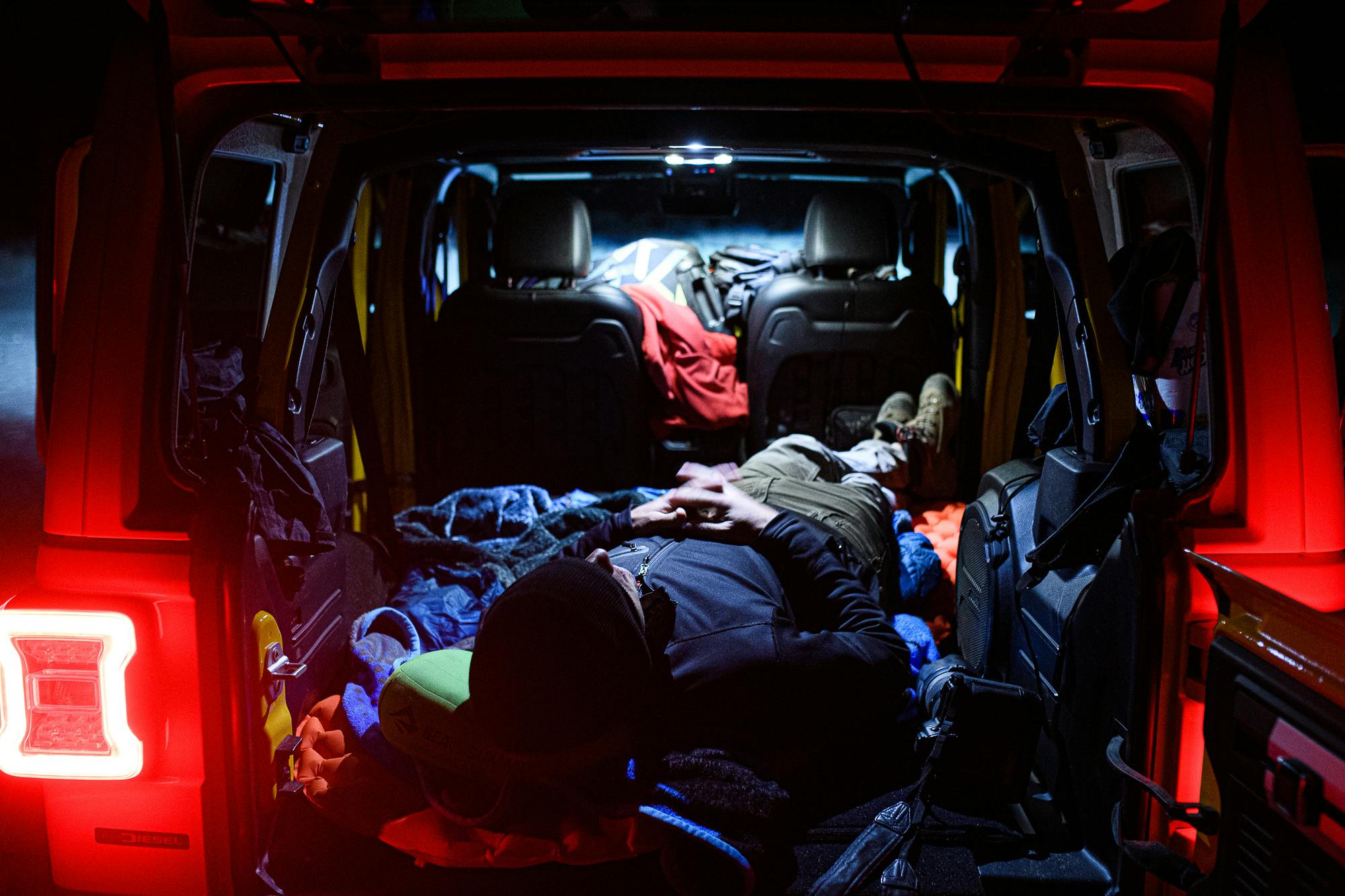
In this respect, the Wrangler and Defender are what sports cars were, before that blueprint became unfashionable—a set of performance-oriented compromises that prioritize feel and ability. Like sports cars, these trucks are bought largely on emotion, and emotion in cars is a stigma that much of the industry lately seems to wish didn’t exist. No matter what the ads say, whether EV or gasoline power, we are being encouraged to buy toaster ovens, crossovers, machines heavier and more complex and lacking focus and isn’t this fender-vented blob more attractive than the other fender-vented blob, because we’ve been sucked in by how technology can make a machine do more and more things, if fewer and fewer of them well.
Excellent for nobody, adequate for everybody. As crossovers sell in record numbers, their makers follow the only reasonable path, and the market coalesces around a sameness. True alternatives grow fewer by the day.
An off-road rig is a machine designed to go somewhere. More to the point, it is designed to get there in a certain way.

Which returns this conversation to the mountains. Two months ago, I spent several days in the California wilderness. Our photographer on this outing, Camden Thrasher, landed some incredible images, because that’s what he does for a living. The goals of this drive trumped vehicle evaluation, but we pulled hardware lessons from the dirt anyway.
The long-form story soon to run on this site will feature these vehicles but not focus on them. On that note, I’ll share more of the Wrangler-Defender lessons soon, in this space. Along with the tale of how I climbed a 200-foot pile of boulders with a recently broken foot and slept in the Land Rover under cold and crystal stars, teeth chattering away inside a sleeping bag.
The high Sierra can get chilly at night. I suffered in pursuit of a singular goal.
Worth it, though, in the grand scheme. And if I’m honest, the only real hardship anyone experienced was a complete and total lack of anything that even remotely resembled toast.

